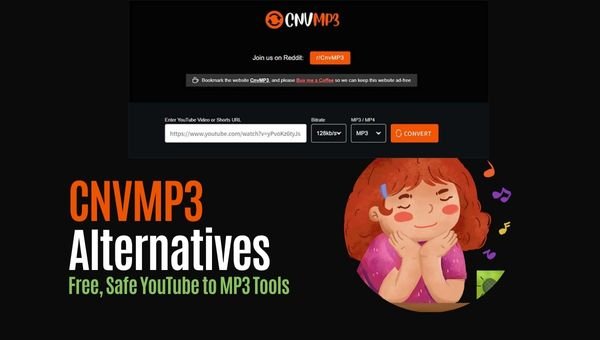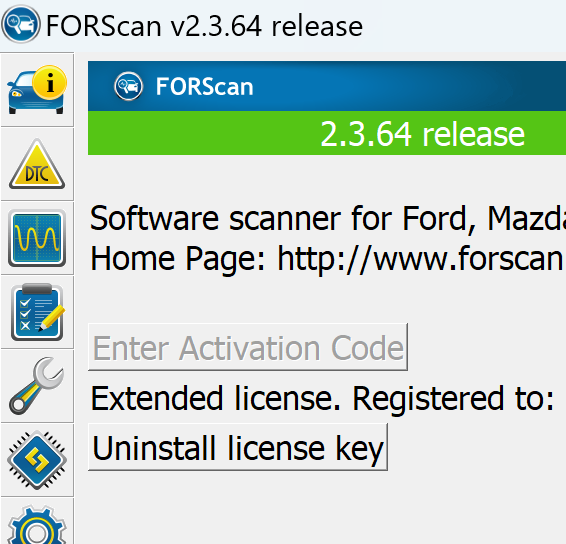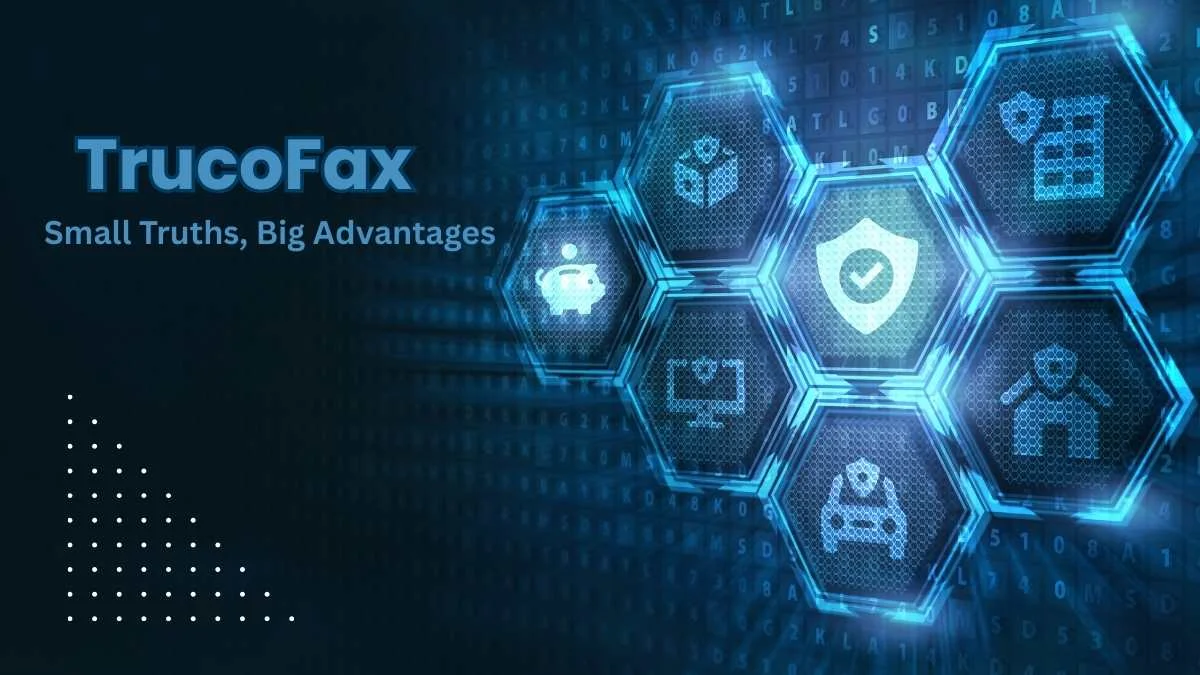Innovation often starts with simple ideas that solve complex problems. One such concept gaining traction across industries is duaction. While the term may sound new to many, it represents a powerful way of combining dual strategies, processes, or technologies to achieve stronger results. From education to business and even technology, duaction has started to reshape the way people think about efficiency and creativity.
What Is Duaction?
At its core, duaction refers to the idea of dual action. It’s a framework, method, or tool that merges two complementary processes into one streamlined solution. The logic is simple: when two forces work together, they create a stronger impact than when they operate separately.
- In education, duaction can mean blending traditional learning with digital tools.
- In business, it could involve combining automation with human oversight.
- In technology, duaction might describe systems designed with two simultaneous functions to maximize output.
This versatility makes duaction relevant across many fields, allowing professionals to improve outcomes while reducing wasted effort.
Different Interpretations of Duaction
Duaction in Technology
In the tech world, duaction often describes systems that integrate two operations into one. Think about smartphones that function as both communication devices and productivity hubs. Or consider cloud platforms that offer storage plus built-in analytics. By merging functions, technology powered by duaction saves time, simplifies workflows, and reduces the need for multiple tools.
Example: A project management platform that not only organizes tasks but also automates reporting demonstrates duaction in action. It unites planning with execution.
Duaction in Education and Learning
The education sector has embraced duaction through blended learning models. Here, in-person teaching and digital platforms merge, giving students flexible and adaptive learning environments. A teacher may conduct face-to-face lessons but assign interactive digital exercises afterward. This combination offers students personalized attention without losing the depth of traditional teaching.
Case in point: During the pandemic, schools that implemented hybrid systems effectively practiced duaction—keeping continuity of learning while leveraging online platforms for flexibility.
Duaction in Business and Productivity
Businesses constantly seek ways to maximize output while minimizing costs. Duaction helps by combining strategies. For example, customer service departments now use AI chatbots alongside human representatives. The chatbot handles repetitive queries, while the human agent focuses on complex issues. This synergy boosts efficiency and enhances customer satisfaction.
Real-world example: A logistics company that combines automated tracking systems with manual quality checks ensures packages move faster while maintaining high standards.
Key Benefits of Duaction
The reason duaction has gained attention lies in its tangible benefits.
- Increases efficiency – Tasks get completed faster when two methods complement each other.
- Simplifies complexity – Processes that seem overwhelming become manageable when streamlined into dual systems.
- Saves resources – Time, money, and manpower are optimized.
- Encourages creativity – Dual approaches often lead to innovative problem-solving.
Illustration:
| Benefit | Impact Example |
| Efficiency | Automated invoicing plus human approval reduces turnaround time by 50% |
| Simplicity | A blended learning system streamlines teaching |
| Savings | Combining digital marketing with organic SEO cuts ad spend |
| Creativity | Dual design systems lead to unique product development |
Duaction vs. Other Approaches
Many organizations stick to single-action models. Let’s compare.
| Feature | Duaction | Traditional Methods |
| Efficiency | High – combines strengths | Moderate – relies on one process |
| Flexibility | Adaptable to multiple industries | Often rigid and limited |
| Cost-effectiveness | Saves resources by merging | Can require more investment |
| Innovation | Sparks new ideas | Risk of stagnation |
Clearly, duaction outpaces traditional methods by leveraging synergy.
How to Implement Duaction Effectively
While the concept sounds simple, success requires deliberate planning.
Step 1 – Understand the Core Concept
First, identify the two processes you want to combine. Ask yourself:
- What are my current challenges?
- Which two actions, if merged, would address them best?
For instance, a small business might realize customer outreach and data analysis can merge through a CRM platform that tracks customer habits while sending automated messages.
Step 2 – Choose the Right Tools
Every field has tools that enable duaction.
- Technology: Cloud-based apps, AI, automation platforms.
- Education: Learning management systems, hybrid classrooms.
- Business: Productivity software that integrates multiple functions.
Step 3 – Measure the Impact
No process should run unchecked. Track outcomes using measurable indicators.
- Time saved per task
- Cost reductions
- Customer satisfaction ratings
- Employee productivity metrics
By continuously monitoring results, you’ll refine your duaction strategy over time.
Real-Life Examples of Duaction in Action
Case Study 1: Business Workflow Automation
A mid-sized retail company integrated an automated inventory system with human oversight. The automated system updated stock levels in real time, while managers verified exceptions manually. Result? Stockouts dropped by 40%, and efficiency doubled.
Case Study 2: Education Innovation
A university adopted blended learning, combining lectures with digital modules. Students not only scored higher but also reported improved engagement. This duaction model reduced dropout rates and increased flexibility for working students.
Case Study 3: Technology Firm Product Design
A tech company developed a laptop that doubles as a tablet. By integrating both designs into one, they captured two markets at once. This duaction strategy boosted sales and enhanced brand reputation.
Future of Duaction
As industries grow more complex, duaction will likely become the norm. Analysts predict:
- Education: Wider adoption of hybrid learning worldwide.
- Business: More reliance on AI-human collaboration.
- Technology: Multi-functional devices becoming standard.
By 2030, duaction-based strategies could dominate industries, shaping everything from healthcare to e-commerce.
Challenges and Considerations
Despite the benefits, duaction isn’t without hurdles.
- Misinterpretation: Some confuse it with multitasking, which isn’t the same.
- Overcomplication: Merging two processes poorly can create chaos.
- Cost of adoption: Certain tools require upfront investment.
The solution lies in clarity, strategy, and ongoing evaluation.
Final Thoughts on Duaction
Duaction is more than a buzzword. It’s a forward-looking approach that combines strengths from multiple areas to deliver superior results. Whether in classrooms, offices, or tech labs, it stands as a game-changing methodology. By embracing duaction, you can simplify operations, encourage innovation, and prepare for the future.
Frequently Asked Questions
What does duaction mean in simple terms?
It means combining two actions or processes into one stronger approach.
Is duaction the same as multitasking?
No. Multitasking spreads attention thin, while duaction integrates two methods into a unified process.
How can duaction improve business performance?
By blending automation with human expertise, businesses save time, reduce costs, and increase accuracy.
Which industries benefit most from duaction?
Education, technology, business, and healthcare currently lead in adoption.














Leave a Reply